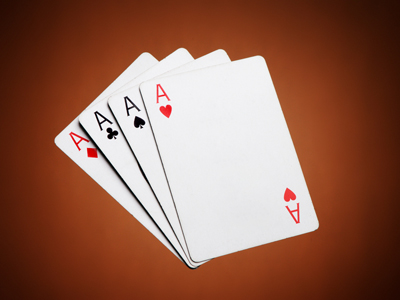
Flying Aces
In this Flying Aces quiz, see how much you know about the pilots.
During World War One fighter aircraft were developed and a new form of warfare was born. Pilots competed with one another over their number of victories and those who brought down five enemy aircraft or more were considered an ace. The majority of victories belonged to a select few pilots. More than half of the aircraft brought down were done so at the hands of just 5% of men. This quiz is about the ten pilots of World War One with the highest number of victories to their names; the top ten flying aces.
Ready for more?
not all...
quizzers. Try to win a coveted spot on our Hall of Fame Page.







